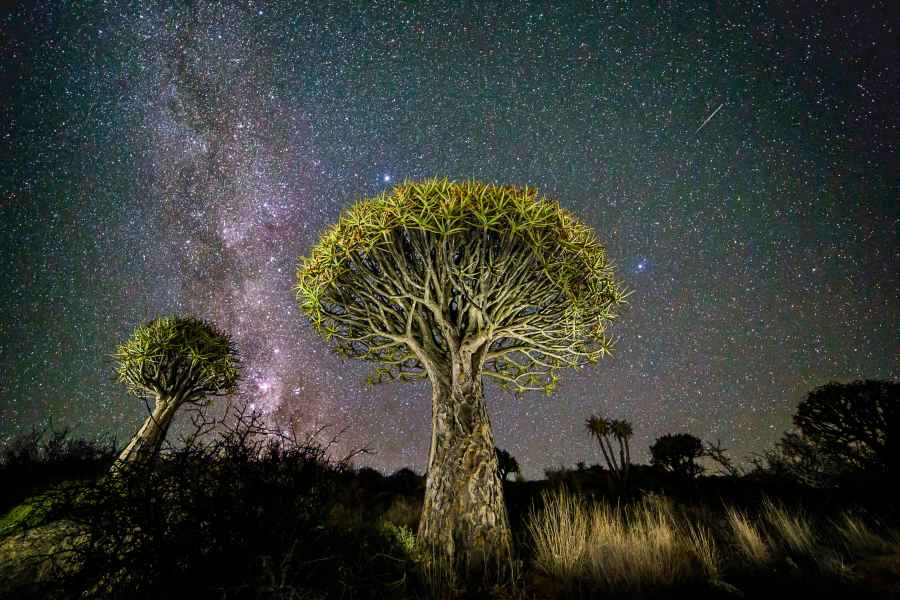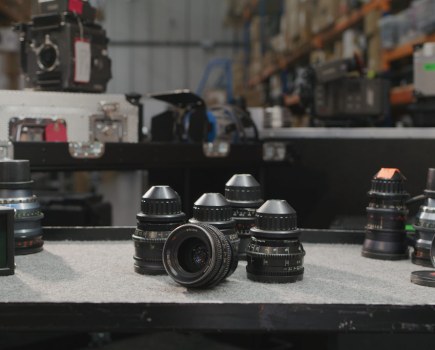Though the winners of Astronomy Photographer of the Year 2015 won’t be announced until September, the competition’s organisers have whetted our appetites a little with a sneak peek at some of this year’s stunning entries.
Last year’s competition was won by British photographer James Woodend, who triumphed with a shot of a green aurora in Iceland.
Take a look at what’s been entered this time around in our gallery above, and click to see the images full screen.
You can see all 22,000+ entered images online at Astronomy Photographer of the Year’s Flickr photo pool.
Full press release:
SEEING STARS: INSIGHT ASTRONOMY PHOTOGRAPHER OF THE YEAR 2015 WELCOMES IMPRESSIONIST AND KEEN ASTRONOMER, JON CULSHAW, ON TO THE JUDGING PANEL
The Royal Observatory Greenwich, in association with Insight Investment and BBC Sky at Night Magazine, have welcomed renowned impressionist, comedian and amateur astronomer, Jon Culshaw, on to the judging panel for 2015’s Insight Astronomy Photographer of the Year competition – the annual global search for the most beautiful and spectacular visions of the cosmos, from striking pictures of vast galaxies millions of light years away, to dramatic images of the night sky taken much closer to home.
Star of television and radio shows – including Dead Ringers, 2DTV, and Doctor Who – Jon Culshaw, has joined Maggie Aderin-Pocock, Chris Lintott and the Royal Observatory’s Dr Marek Kukula, on the judging panel for the competition in 2015. Although best known for his comedy, Culshaw has a lifelong love of astronomy and is a keen amateur astronomer, as well as appearing as a regular guest on BBC Four’s flagship astronomy programme, The Sky at Night, and writing the monthly column, ‘Exoplanet Excursions’ for BBC Sky at Night Magazine.
Of his new role, Culshaw said, “I have marvelled at the incredible images entered into the competition in previous years. I’m thrilled and honoured to be on the judging panel for 2015. These photos give you the feeling of exploring the universe without a Tardis.”
Now in its seventh year, the newly expanded competition, which was open for entries from January to April, has attracted the highest number of entries since it opened. Over 2700 spectacular images have been submitted from over 60 countries across the globe in its nine main categories, and the number of images entered into the competition has increased by 59% on last year.
The winning images will be showcased in the annual free exhibition at the Royal Observatory Greenwich from 18 September 2015.
Dr Marek Kukula, Public Astronomer at the Royal Observatory Greenwich and judge in the competition said: “This year the competition is a little different, with some brand new categories that reflect the ways in which astrophotography is changing and evolving, and the entrants have responded with a huge range of fantastic images, covering everything from aurorae here on Earth to distant galaxies millions of light years away”.
In 2014, James Woodend (UK) won with his astonishing image portraying a vivid green aurora dancing across the Icelandic night sky and reflected symmetrically in the glacial Jökulsarlon lagoon of Vatnajökull National Park. Other placed images from 2014 on display include a breath-taking view of the Earth taken from the brink of space (87,000 feet above the ground), with the help of a high altitude balloon launched from Boulder, Colorado by Patrick Cullis (USA); the snaking swirls of superheated gas on the boiling surface of the Sun captured by Alexandra Hart (UK); and a stark yet opulent portrayal of the rock formations of the Wairarapa district in New Zealand, contrasting with the dusty clouds dancing across the Milky Way photographed by Chris Murphy (New Zealand), winner of the Sir Patrick Moore prize for Best Newcomer.
Insight Astronomy Photographer of the Year 2015 has nine main categories:
- Skyscapes sponsored by Insight Investment: Landscape and cityscape images of twilight and the night sky featuring the Milky Way, star trails, meteor showers, comets, conjunctions, constellation rises, halos and noctilucent clouds alongside elements of earthly scenery.
- Aurorae: Photographs featuring auroral activity.
- People and Space: Photographs of the night sky including people or a human interest element.
- Our Sun: Solar images including solar eclipses and transits.
- Our Moon: Lunar images including lunar eclipses and occultation of planets.
- Planets, Comets and Asteroids: Everything else in our solar system, including planets and their satellites, comets, asteroids and other forms of zodiacal debris.
- Stars and Nebulae: Deep space objects within the Milky Way galaxy, including stars, star clusters, supernova remnants, nebulae and other intergalactic phenomena.
- Galaxies: Deep space objects beyond the Milky Way galaxy, including galaxies, galaxy clusters, and stellar associations.
- Young Astronomy Photographer of the Year: Pictures taken by budding astronomers under the age of 16 years old.
There are also two special prizes: The Sir Patrick Moore Prize for Best Newcomer is awarded to the best photo by an amateur astrophotographer who has taken up the hobby in the last year and who has not entered an image into the competition before, and Robotic Scope, acknowledges the best photo taken using one of the increasing number of computer-controlled telescopes at prime observing sites around the world which can be accessed over the internet by members of the public.
The competition is powered by the photo-sharing website Flickr. Photographers entered online by visiting www.rmg.co.uk/astrophoto and each entrant could submit up to five images to the competition.








